#InquirerSeven deadliest storms since the 1970s
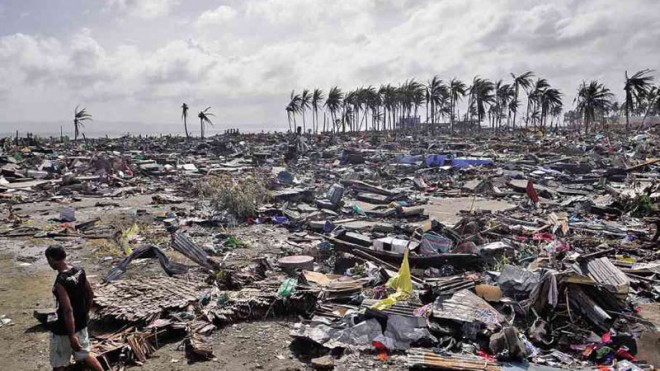
Super Typhoon Yolanda is the deadliest typhoon to hit the Philippines since the 1970’s
The Philippines is no stranger to tropical cyclones that bring heavy rains, strong winds, and widespread flooding. The country is visited by at least 20 tropical cyclones annually most of them during the rainy season in the second half of the year.
These tropical cyclones make their presence felt by prompting government agencies to suspend classes in schools and work in government offices around the country.
But more than the inconvenience of interrupted daily life, lack of preparation and disaster risk reduction measures cause loss of lives and damages to property.
Typhoon Gorio and Tropical Storm Huaning (internationally known as Nesat and Haitang, respectively) were among the most recent storms that affected the country.
Government agencies have repeatedly warned Filipinos to be prepared, alert, and to take these potential disasters seriously.
Let us take a look back on the #InquirerSeven deadliest storms to ever hit the country since the 1970’s.
1.Typhoon Frank
Typhoon Frank, known by its international name Fengshen, ravaged the Philippine central islands on June 20, 2008 claiming the lives of 938 people.
This typhoon is also the main culprit behind one of the Philippines’ worst sea tragedies; the death of more than 800 passengers when the MV Princess of the Stars sank near Sibuyan Island in Romblon. Only 52 people survived the incident.
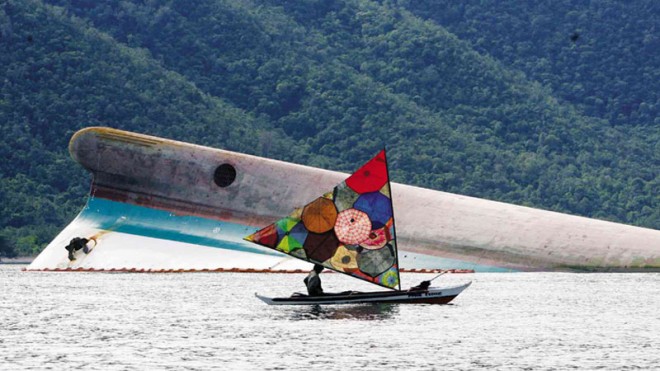
POSEIDON’S WRATH File photo taken on June 25, 2008, shows a small boat with a colorful sail passing by the hull of the Princess of the Stars four days after the Sulpicio Lines vessel capsized in the Sibuyan Sea at the height of Typhoon “Frank.” INQUIRER FILE PHOTO
However, amidst this devastation, a waterfall was formed in Barangay Upper Dado in North Cotabato. This unexpected silver-lining attracted both local and international visitors.
READ: MV Princess of the Stars: 5 years after sinking, they’re still waiting
READ: Waterfall emerges from devastating typhoon Frank
2. Typhoon Sisang
Sisang, internationally known as Nina, killed 979 people. The typhoon hit the Bicol Region on Nov. 25, 1987 where it caused mudslides on Mayon Volcano.
3. Tropical Storm Sendong
Sendong, which caused devastation on Dec. 16, 2011 at the norther part of Mindanao, killed 1,080 people. It is also known by its international name “Washi.”
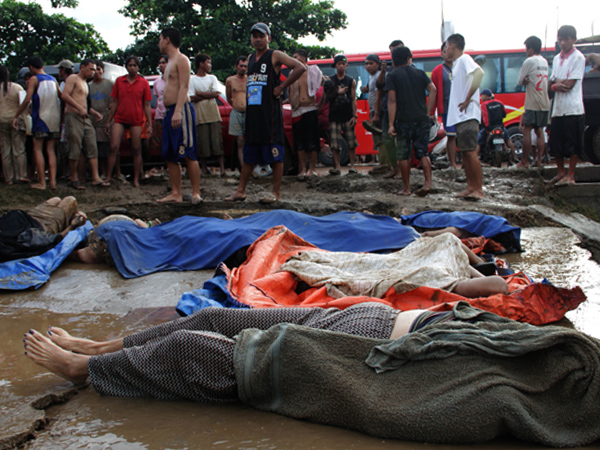
COUNTING THE DEAD. About 40 persons were killed and 240 reported missing in Iligan City alone after a flashflood hit 11 of its villages at about 12:30 a.m. Saturday following rains spawned by Storm “Sendong”. The military, police, and medical teams have been conducting rescue and retrieval operations since the weekend when Sendong floods inundated parts of Mindanao. Richel V. Umel/INQUIRER Mindanao
The high death toll was attributed to the residents’ “complacency.” The places in Mindanao hit by Sendong were not used to such heavy downpour brought by typhoons.
Mining, logging and farming activities were also blamed for the overflowing of rivers which flooded numerous barangays. Some Sendong survivors have not yet been relocated.
This disaster was foretold three years before it happened by the stimulation of the Philippine Imperative for Climate Change (PICC), WWF and Filipino scientists. But lawmakers merely scoffed at it.
READ: ‘Sendong’ ravages area of Mindanao seldom hit by cyclones
READ: ‘Sendong’ victims decry slow rehab
READ: ‘Sendong’ disaster foretold 3 years ago
4. Typhoon Nitang
Known internationally as Ike, Nitang claimed the lives of 1,363 people when it hit southern Philippines on Aug. 31, 1984.
5. Typhoon Pablo
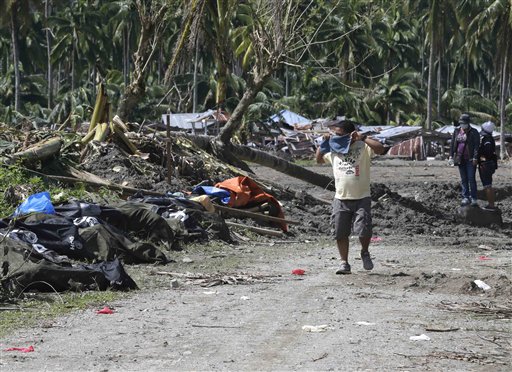
A resident covers his nose as he walks past typhoon Pablo’s victims which are left unattended at New Bataan town in Compostela Valley on Dec. 8, 2012. Almost a month after the typhoon wreaked havoc, officials urged residents to unite in the face of the daunting tasks of rebuilding and reconstruction. AP Photo/Bullit Marquez
On Dec. 3, 2012, Category 5 storm Pablo, internationally known as Bopha, unleashed its fury on Mindanao where it claimed 1,900 lives.
The winds and rains brought by Pablo were so immense that its breadth of 500 kilometers encompassed the whole Central Visayas. Most of the lives lost were due to floods.
READ: Typhoon Pablo stays the course, wreaks havoc in Central Visayas, parts of Mindanao
READ: Typhoon Pablo pounds Mindanao
6. Tropical Storm Uring
Uring, known internationally as Thelma, wreaked floods on the city of Ormoc on Leyte on Nov. 15, 1991, taking more than 5,100 lives.
7. Super Typhoon Yolanda
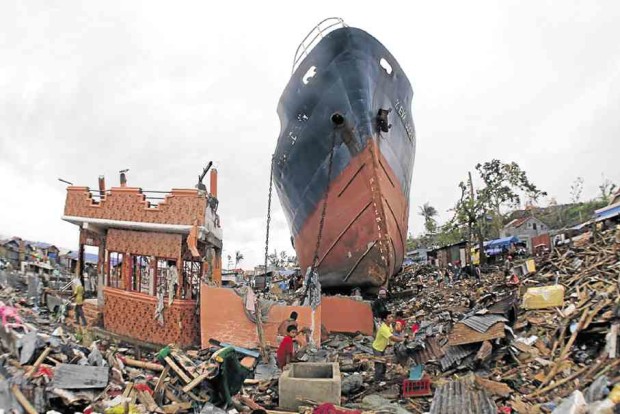
A cargo ship barrels through a highly populated community in Tacloban City at the height of Supertyphoon “Yolanda” on Nov. 8, 2013. —LITO TECSON/CEBU DAILY NEWS
The deadliest recorded storm is Yolanda, international known as Haiyan, which claimed the lives of 6,300 people, most of them from drowning. Yolanda hit the Philippines on Nov. 7, 2013.
It had sustained winds of 235 kph (147 mph) with gusts of 275 kph (170 mph) when it made landfall, making it the strongest tropical cyclone to make landfall in world history.
The super typhoon caused P99.5 billion worth of damages.














